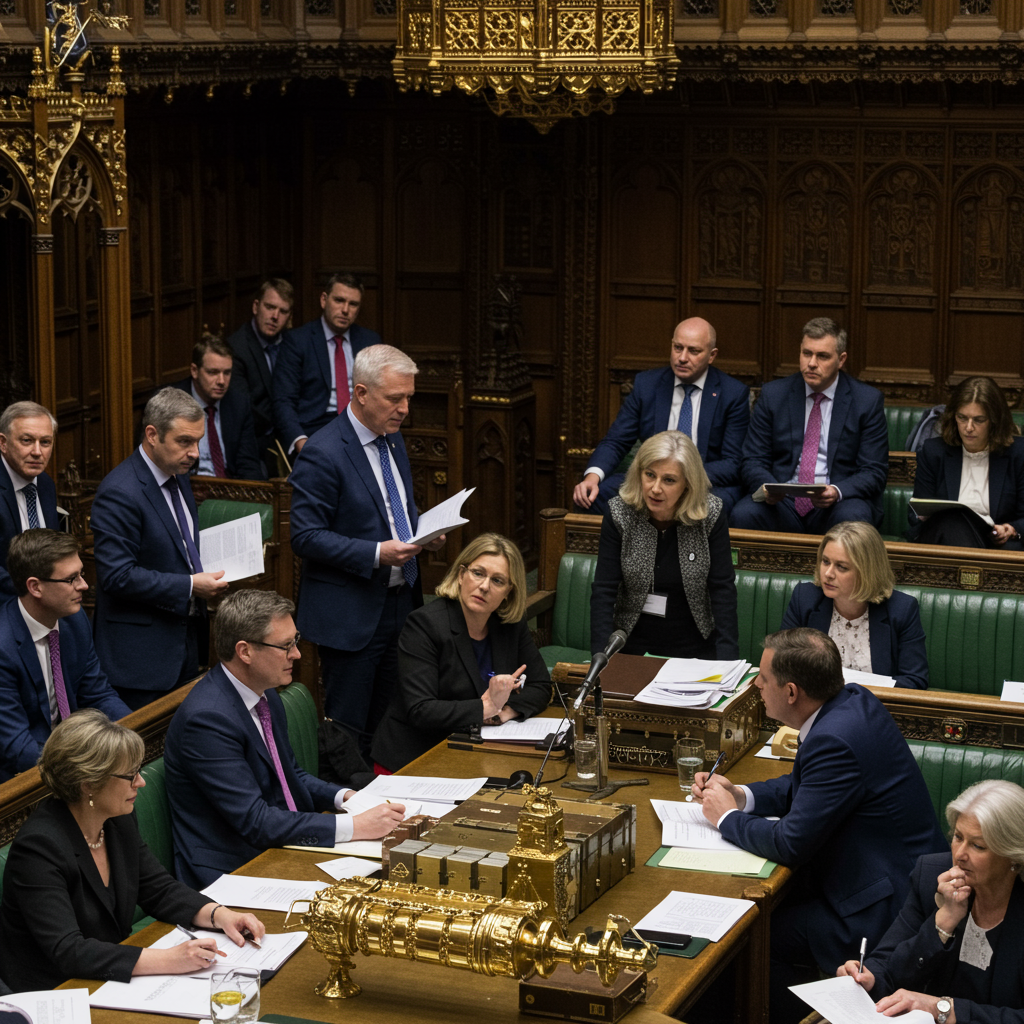During a recent high-stakes meeting at the White House, former US President Donald Trump presented South African President Cyril Ramaphosa with images of white crosses, dramatically claiming they represented mass burial sites of white farmers killed in the country. However, the man who organized the display has stepped forward to correct the record, stating the crosses were a temporary memorial, not graves, and Trump’s description was inaccurate.
The striking visual of thousands of white crosses lined along a roadside in KwaZulu-Natal province was shown by Trump to bolster his argument that white farmers in South Africa face systematic targeting and violence.
Memorial, Not Burial Site
Rob Hoatson, a 46-year-old farmer, organized the display in August 2020 following the murder of his neighbors, Glen and Vida Rafferty, on their farm. Hoatson explained that the more than 2,500 crosses were placed as a temporary roadside memorial near the Raffertys’ farm, not a permanent burial ground.
While Hoatson stated he had no objection to the video being used, he felt compelled to clarify its purpose, noting Trump is known to “exaggerate.” He confirmed that the memorial has since been taken down.
Trump’s Claims vs. Reality
In the Oval Office, Trump specifically asserted, “These are burial sites… over 1,000 of white farmers and… those cars aren’t driving, they’re stopped there to pay respects to their family member who was killed.”
President Ramaphosa countered Trump’s assertions, acknowledging significant criminality in South Africa but firmly rejecting the notion that the Afrikaner minority is being systematically targeted or killed. He pointed out that the majority of victims of violent crime in South Africa are black citizens.
Fact-checks have further highlighted inaccuracies in Trump’s presentation. Besides the mischaracterization of the crosses as graves, an image Trump displayed claiming to show “burial sites” of white farmers was identified as footage from the Democratic Republic of Congo, unrelated to South Africa. Trump also played clips of controversial songs like “Kill the Boer” sung by opposition figures, including Julius Malema and former President Jacob Zuma, implying they represented current government policy, which Ramaphosa denied, noting they come from a “small minority party” and a former leader.
The Debate Over Farm Murders and “Genocide”
The exchange touched upon the sensitive issue of violence on farms in South Africa. While acknowledging the reality of farm attacks and murders, Ramaphosa and many others, including a South African judge, dispute the claim of a “white genocide.”
Official South African police statistics do not support claims of a race-based genocide. Recent figures show nearly 10,000 murders nationwide in a three-month period. Within farm attacks during that time, 12 people were killed, including one farmer, five farm dwellers, and four employees, the latter categories likely being predominantly black individuals. Even data compiled by the Transvaal Agricultural Union (TAU) shows violence impacting both white and black victims on farms, figures that do not align with genocide claims, which have been legally dismissed in South Africa as “clearly imagined” and “not real.”
Differing Perspectives
Trump’s intervention drew mixed reactions within South Africa. Some Afrikaner activists reportedly welcomed it, believing it elevated the issue of farm murders onto the international stage. However, leading Afrikaner political columnist Pieter du Toit suggested the episode was a product of “months and years of exaggeration, hyperbole and misinformation fed into the American right-wing ecosystem.”
Rob Hoatson himself commented on the interaction, feeling Trump “placed the facts” before Ramaphosa but found the South African president’s response “somewhat pitiful.”
In conclusion, while farm attacks remain a serious concern in South Africa, the specific image used by Donald Trump was a temporary memorial misidentified as a mass burial site, and broader claims of a targeted white genocide are disputed by official statistics, legal rulings, and commentators within the country.
References
- https://www.bbc.com/news/articles/ce81334je72o
- https://www.bbc.co.uk/news/articles/ce81334je72o
- https://www.bbc.com/news/articles/ce9vxve994ro
- https://abcnews.go.com/US/trump-showed-videos-crosses-context-south-africa-genocide/story?id=122056100
- https://www.bbc.com/news/world/africa




